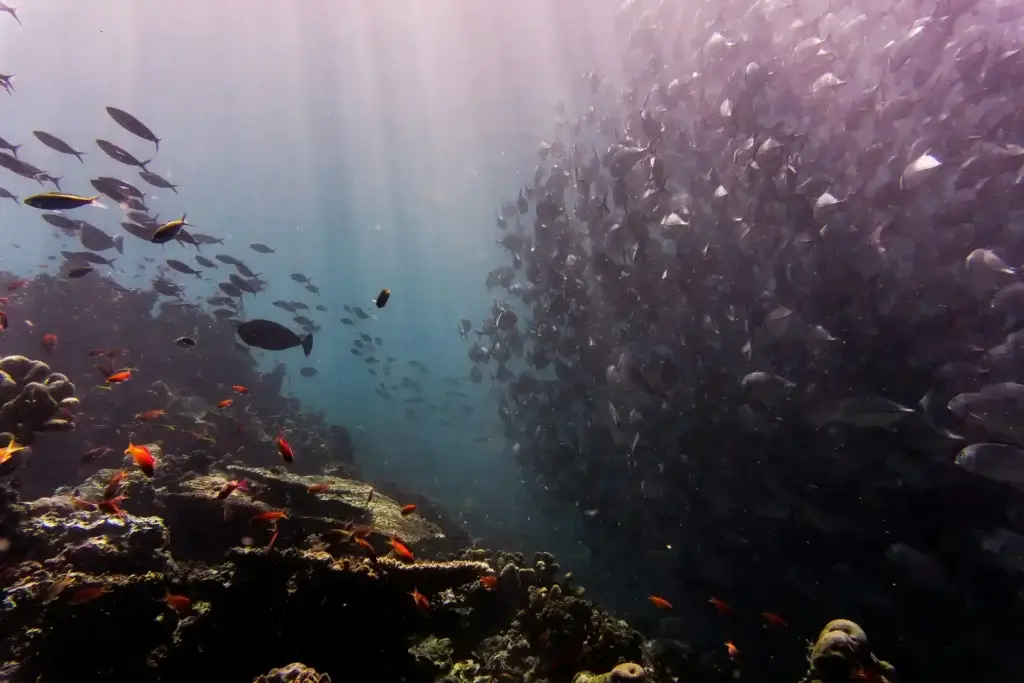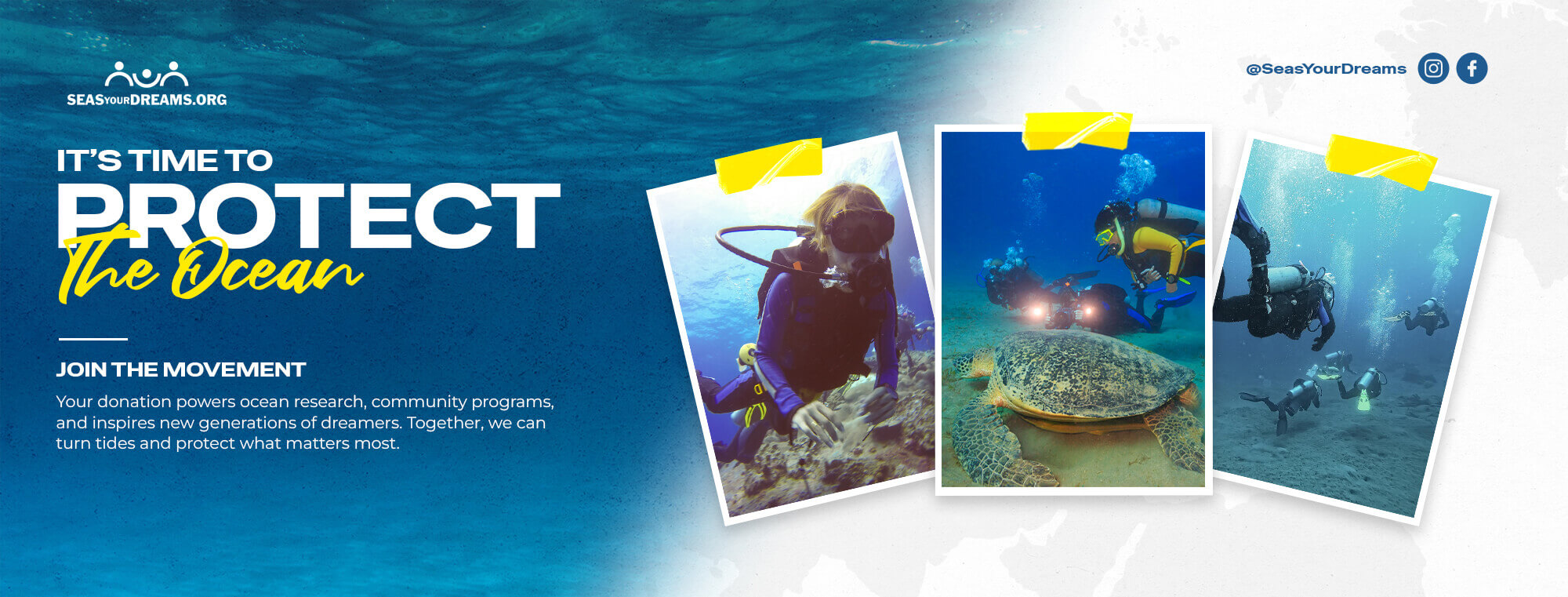Ocean Conservation
Laws and Policies

Who Owns the Ocean Explorer Research Vessel?
01
Ocean Conservation Laws and Policies
Ocean Conservation Laws and Policies
Covering over 70 percent of the Earth’s surface, the ocean is a life-support system for our planet. It regulates climate, supports marine biodiversity, and provides food and livelihoods for billions. However, human activity continues to push ocean ecosystems to the brink.
Ocean conservation laws and policies are critical tools for protecting marine species, habitats, and the people who depend on them. Without clear, enforceable regulations, threats like overfishing, pollution, habitat destruction, and climate change would continue unchecked.
This comprehensive guide explores the key ocean conservation laws and policies that protect our seas, how they work in practice, and why strong legal frameworks are vital for a sustainable future.
What Are Ocean Conservation Laws and Policies?
Ocean conservation laws and policies are national and international rules, regulations, agreements, and strategies designed to manage human impacts on ocean ecosystems. They:
- Limit overfishing through quotas and protected areas.
- Regulate shipping and industrial activity to prevent pollution.
- Conserve endangered marine species.
- Support research, education, and monitoring.
- Coordinate international cooperation for shared waters.
Why Are Ocean Conservation Laws and Policies Important?
Marine ecosystems are complex and interlinked. Without regulation, unsustainable fishing, illegal trade, oil spills, waste dumping, and climate impacts can devastate ocean health.
Ocean conservation laws and policies create enforceable standards that protect fragile habitats, ensure fish stocks can replenish, and hold industries accountable for environmental damage.
Strong ocean governance promotes long-term food security, protects coastal economies, and preserves biodiversity for future generations.
Key International Ocean Conservation Laws and Policies
United Nations Convention on the Law of the Sea (UNCLOS)
Often called the “constitution of the ocean,” UNCLOS defines nations’ rights and responsibilities for using the world’s oceans. Adopted in 1982, UNCLOS governs territorial waters, exclusive economic zones (EEZs), deep-sea mining, and marine environmental protection.
UNCLOS is foundational to modern ocean conservation laws and policies because it sets legal frameworks for resolving disputes and managing shared resources.
Convention on Biological Diversity (CBD)
The CBD promotes sustainable use of marine biodiversity. Its Aichi Biodiversity Targets and the new Global Biodiversity Framework include goals to protect at least 30 percent of oceans by 2030 through Marine Protected Areas (MPAs).
Convention on International Trade in Endangered Species (CITES)
CITES regulates international trade of endangered marine species like certain sharks, whales, and sea turtles. It ensures that trade does not threaten species survival.
International Whaling Commission (IWC)
The IWC was established in 1946 to regulate whaling and conserve whale populations. The 1986 moratorium on commercial whaling helped many whale species recover.
Regional Fisheries Management Organizations (RFMOs)
RFMOs are intergovernmental bodies that manage fish stocks in shared waters. They set catch limits, monitor illegal fishing, and coordinate conservation measures across countries.
Examples include the International Commission for the Conservation of Atlantic Tunas (ICCAT) and the Western and Central Pacific Fisheries Commission (WCPFC).
National Ocean Conservation Laws and Policies
Many countries have their own ocean conservation frameworks that complement global agreements. Examples include:
United States:
The Magnuson-Stevens Fishery Conservation and Management Act regulates fishing within US waters. The Marine Mammal Protection Act and Endangered Species Act protect threatened marine species.
European Union:
The Common Fisheries Policy (CFP) sets quotas, fishing limits, and sustainable practices for EU member states. The EU Marine Strategy Framework Directive aims for healthy marine environments.
Australia:
Australia’s Environment Protection and Biodiversity Conservation (EPBC) Act protects threatened marine species and habitats. Australia manages large marine protected areas like the Great Barrier Reef Marine Park.
Marine Protected Areas: A Core Policy Tool
Marine Protected Areas (MPAs) are designated zones where human activity is restricted or managed to conserve marine life and habitats. MPAs can be fully protected no-take reserves or partially protected with limited fishing and tourism.
Under international targets, countries aim to protect at least 30 percent of their national waters by 2030. Well-managed MPAs boost fish populations, preserve biodiversity, and support local communities through sustainable tourism and fishing.
How Ocean Conservation Laws and Policies Address Major Threats
Overfishing and Illegal Fishing
Science-based catch limits, fishing quotas, and seasonal closures help maintain healthy fish stocks. Laws criminalize illegal, unreported, and unregulated (IUU) fishing and encourage traceable supply chains.
Marine Pollution
International conventions like MARPOL prevent ship-based pollution, regulate oil spills, and restrict dumping of harmful waste at sea. National laws address land-based pollution, such as agricultural runoff and plastic waste entering rivers and coasts.
Climate Change and Ocean Acidification
Policies that protect blue carbon ecosystems like mangroves, seagrasses, and salt marshes help sequester carbon and buffer coastal communities from storms. Climate adaptation plans integrate ocean resilience into national strategies.
Endangered Species
Species-specific protections ban hunting or trade of threatened marine animals. Regulations require fishing gear modifications to reduce bycatch and accidental harm to dolphins, turtles, and whales.
Enforcement and Monitoring: Turning Laws into Action
Strong ocean conservation laws and policies mean little without proper enforcement. Effective ocean governance includes:
- Monitoring and patrolling fishing grounds.
- Using satellite tracking and electronic monitoring to detect illegal activity.
- Penalizing violators with fines, license suspensions, or vessel confiscations.
- Sharing data among countries for regional enforcement.
Emerging technologies like drones and AI help monitor vast ocean areas more efficiently.
The Role of Indigenous and Local Communities
Successful ocean conservation laws and policies often include local and Indigenous communities. Community-based management, traditional ecological knowledge, and locally managed marine areas (LMMAs) empower communities to steward their waters.
Such approaches combine legal frameworks with cultural practices, improving compliance and delivering better conservation outcomes.
Businesses and Ocean Conservation Policies
Businesses connected to fishing, shipping, tourism, and coastal development must comply with local and international ocean laws. Many companies go further by adopting voluntary sustainability standards, traceable supply chains, and certifications that exceed legal requirements.
Consumers can support these businesses through informed purchasing and by asking questions about sourcing and environmental impact.
Challenges in Implementing Ocean Conservation Laws and Policies
Despite progress, enforcement gaps remain:
- Limited resources for monitoring vast ocean areas.
- Conflicts between economic interests and conservation goals.
- Loopholes in international agreements.
- Weak penalties for violators in some regions.
Strengthening legal frameworks, improving technology, and increasing international cooperation are vital for overcoming these challenges.
Recent Developments in Ocean Conservation Policy
The ocean governance landscape is evolving. Recent policy trends include:
- The High Seas Treaty (Biodiversity Beyond National Jurisdiction, BBNJ): A landmark agreement under negotiation to protect ocean areas beyond national jurisdictions.
- New targets under the Global Biodiversity Framework to protect 30 percent of oceans by 2030.
- Plastic pollution treaties aiming to tackle plastic waste at its source.
What Individuals Can Do to Support Ocean Conservation Laws and Policies
- Stay informed about key ocean issues and local regulations.
- Reduce your plastic use and carbon footprint.
- Choose sustainable seafood certified by trusted standards.
- Support organizations working for stronger ocean policies.
- Vote and advocate for leaders who prioritize ocean health.
Success Stories: When Laws and Policies Work
Examples of effective conservation policies include:
- The recovery of humpback whales after the IWC’s whaling ban.
- The rebuilding of Alaskan salmon stocks through science-based quotas.
- Coral reef restoration projects under national marine park protection in Australia.
- Marine reserves in Belize that helped endangered manatees and sea turtles rebound.
These stories prove that strong ocean conservation laws and policies make a real difference when properly enforced.
Healthy oceans need clear rules, strong enforcement, and collective responsibility. Ocean conservation laws and policies provide the structure to balance human activity with marine protection. When nations, communities, businesses, and individuals respect and strengthen these laws, we move closer to oceans that are abundant, resilient, and thriving for generations to come.
By understanding how these laws work and why they matter, everyone can play a role in ensuring that the ocean’s future remains secure.
FAQs
02
FAQs About Ocean Conservation Laws and Policies
What is the main purpose of ocean conservation laws and policies?
They manage human activities to protect marine species, habitats, and resources for long-term sustainability.
What is UNCLOS?
The United Nations Convention on the Law of the Sea defines nations’ rights and responsibilities for using ocean resources and protecting the marine environment.
How do Marine Protected Areas help?
MPAs limit harmful activities in key habitats, allowing ecosystems to recover and species to thrive.
What are examples of illegal fishing?
Fishing without licenses, exceeding quotas, using banned gear, and unreported catches are all illegal fishing practices.
How can people support ocean conservation laws and policies?
Stay informed, reduce personal impacts, choose sustainable seafood, and support policies and leaders who prioritize ocean health.
03
Connect With Us
CONNECT WITH US
Partner with SeasYourDreams.org to create lasting impact. Together, we fund ocean research, inspire through STEM education, and grant medical wishes. Join a network of change makers committed to sustainability, innovation, and compassion. Collaborate with us to amplify efforts and transform lives. Let’s make waves of positive change—partner with us today!
04
INFO
© 2025 | SeasYourDreams. All rights reserved.

